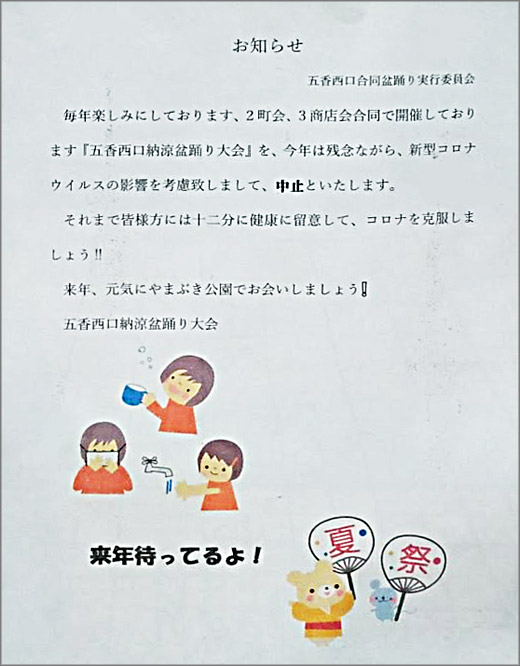タイトル: 計算能力の因子分析的研究
著者: 清水, 利信
抄録: 小学校3年生,5年生および大学生に,乗法テスト(100題),加法テスト(100題),数字を書くテスト,かなを書くテスト,抹消テスト,イニシャルテスト,乱語テスト,類概念テスト,数系列テスト,推理テストの10種のテストを時間制限法で実施した。さらに3年生と5年生には,問題の配列を毎回ランダムに変えた乗法テストと加法テストとを一定期間をおいて数回実施した。これらの資料を因子分析法その他の方法で分析した結果は次のとおりである。(1)乗法九九を学習中の段階(3年1学期)では,乗法計算能力と加法計算能力との因子構造は異っている。(2)乗法九九の練習が進んでくると,乗法計算と加法計算との因子構造は近似してくる。(3)5年生頃になると,乗法計算と加法計算との因子構造は,斜交回転法によってしらべると,因子間の相関は3年の時よりも高くなっているが,テストの布置は明瞭に分離している。(4)乗法も加法も,ともに対連合の再生に関するものであるから,その因子構造に差はないようであるが,5年の頃でもその差はみられる。しかしその差異は3年の頃にくらべるとかなり少くなっている。しかしながら,このような差異が何であるかは明らかにできなかった。(5)字を書く速さを一定にした場合の加法と乗法の偏相関は,3年=.61,5年=.70大学生=.91となり,(1)~(4)のことを裏付けている。(6)3年生の乗法テストの構成因子には字を書く運動的因子と対連合を再生する速さの因子などは13%ぐらいで,他の大部分は未知な因子(おそらく知的,教育的因子)であろう。これは乗法計算を学習中なので,その構成因子に5年生などの場合とかなりの相違があると考えられる。(7)3年生の加法テストの場合,運動因子と再生の速さの因子は約30%で,他は未知の因子であるが,それは知的,教育的因子であろうと考えられる。(8)3年生の乗法・加法テストの因子構造については未解決な因子が多いからさらに検討を必要とする。(9)5年生の乗法・加法テストを構成するその主な因子は運動因子と再生の速さの因子である。ただし加法テストにはこのほかに未知な特殊因子が若干ある。(10)大学生の乗法・加法テストの構成因子の主なものは運動因子と再生の速さの因子である。そして5年生の場合と同様に,加法テストには特殊因子が若干未解決で残されている。(11)5年生と大学生とで因子上の差異は,5年生では運動因子が比較的に多く,大学生では再生の速さの因子が多い。(12)対連合を再生する時間(秒)は,加法九九では一問題につき,3年=0.76,5年=0.43,大学生=0.18,乗法九九では,3年=2.28,5年=0.41,大学生=0.22である。3年の乗法に時間が多いのは現在学習中であるからである。また5年生では乗法の時間が少く,大学生では加法の方が時間が少い。(13)加法テストと乗法テストだけのテストバッテリーの場合には,3年生の場合でも5年生の場合でも,標本数が少いにも拘らず,因子の不変性がみられた。(14)加法・乗法テストのほかに8種のテストを加えた場合などでは,5年生と大学生との間にはテストの布置には若干似た傾向が認められるが,3年生の場合には因子の不変性はみられない。(15)テストの因子構造が単純構造になっていることが少いために因子の不変性がみられなかったので,テストバッテリーの構成にも留意する必要がある。; Purpose: This thesis aims at investigating the nature of the factorial structure of addition and multiplication varying according to the stage of development in the child's mind and learning. Method: A factor analysis of the scores obtained after a succession of tests-simple addition tests and simple multiplication tests-and of the scores obtained after 8 reference tests was carried out following the Thurstone Centroid Method. The analysis was based on a sample of 76 children of the 3rd grade, 72 children of the 5th grade and 62 undergraduates. Result: (1) In the case of the 3rd grade, two factors were found. And the factorial structures of the addition and multiplication tests were found different from each other in the first stage of testing, but the structures came gradually to be factorially similar as the tests were going on. And it was found that the same could be said of the 5th grade, except the fact that the factorial structures come to be similar to each other, as the tests go on. We must notice, however, that the correlation of the two factors is high in each analysis and that of the 5th grade is higher than that of the 3rd grade. (2) As frequently suggested, addition and multiplication tests have the Number factor, but it seems that statement is not satisfying. Below is given some point of view:-The result of the addition and multiplication tests in the 3rd grade is that these tests involve a loading of .2-.3 of the Psychomotor factor (A), a loading of .3-.5 of the speed of Reproduction factor (B), and a loading of .6-.7 of the Intellectual and Educational factor (C). On the other hand, the result of those tests of the 5th grade is that they involve the A factor-loading of .6-.7, and the B factor-loading of .5. With regard to the result of the tests of undergraduates, it shows that the tests involve the A factor-loading of .3-.4 and the B factor-loading of .7-8.
↧

















